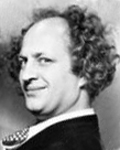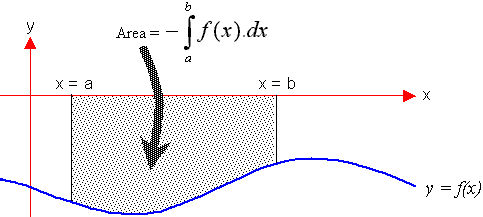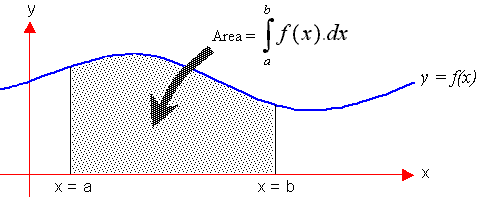Banned, that Resmed algorithm does, indeed, adjust F along with PS:Banned wrote:SWS--SWS wrote: The Resmed sports car attempts to tell the passenger when to breath more quickly or more slowly while the Respironics machine does not. They both attempt to adaptively adjust the IPAP level on a breath-by-breath basis, as-needed.
I may have taken this statement out of context but the ResMed sports car doesn't tell the passenger when to breath more quickly or slowly. In my experience it adapts automatically to my breath flow rate so, as the driver, I tell it when to accelerate or slow down.
The f-adjustment target/weighting factor is probability-based from known flow-pattern variants of typical central dysregulation. If f-adjustment cannot yield the desired results, then an off-the-shelf back-up rate of 15 is progressively employed. When the Adapt SV does determine a need to adjust f, then it will do so by pinning up those discrete flow-based targets in an either advanced or delayed manner of delivery sequence.PAV algorithm inside Resmed ASV wrote: Adaptive Support Ventilation
• If no spontaneous effort to breathe, machine delivers required minute ventilation (VE) as pressure control, comprised of pressure support (PS) and rate (f).
• If patient starts to breathe spontaneously, machine reduces f and lowers PS to keep VE above set minimum.
• If spontaneous tidal volume (VT) is > target and f <target, PS is reduced and f is increased.
• If VT > target and f > target, PS is lowered and f is reduced.
• If VT < target and f > target, PS is increased and f is lowered.
• If both VT and f are < target, machine increases f and PS
Amazingly patients claim that they don't feel that f adjustment (with f being the machine's own target-based pressure-modulation frequency). On the contrary they report the exact opposite sensation (when the ASV does happen to work for them that is): The smoothest xPAP breathing they have ever felt. I still suspect that stretch-receptor patterning factors into efficacy for at least some of these patients as much as CO2 is guaranteed to factor in for very many cases. Pure wild-man speculation on my part.
I think the VPAP Adapt SV is a very bad match up for typical obstructive apnea patients, Banned, and so does Resmed. But I can't blame you one bit about being Gung-Ho about this machine if it accounted for such a dramatic improvement in your sleep. IMHO it can be very tempting but altogether misleading to universalize or generalize our own (very often biologically unique) sleep therapy results. One size does not fit all when it comes to xPAP machines---including the amazing VPAP Adapt SV machine as well as the near-equivalent Respironics SV machine (which has it's own somewhat "subtly unique" set of therapy advantages).Banned wrote: As I have learned on this forum, the only application where a patient may do better without an VPAP Adapt SV is shallow-breathing problems, and even that would be suspect if you did as SAG eluded too earlier, spin the dial up until the machine becomes a straight VPAP.















